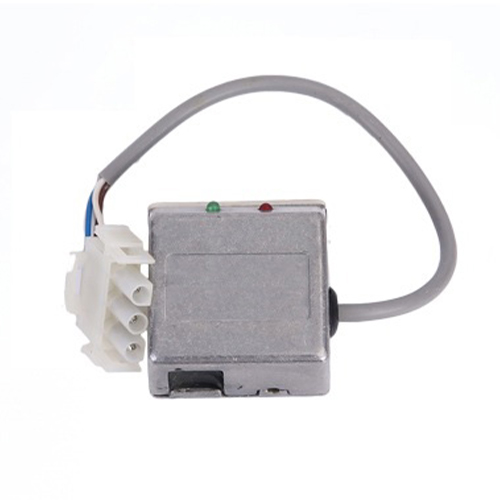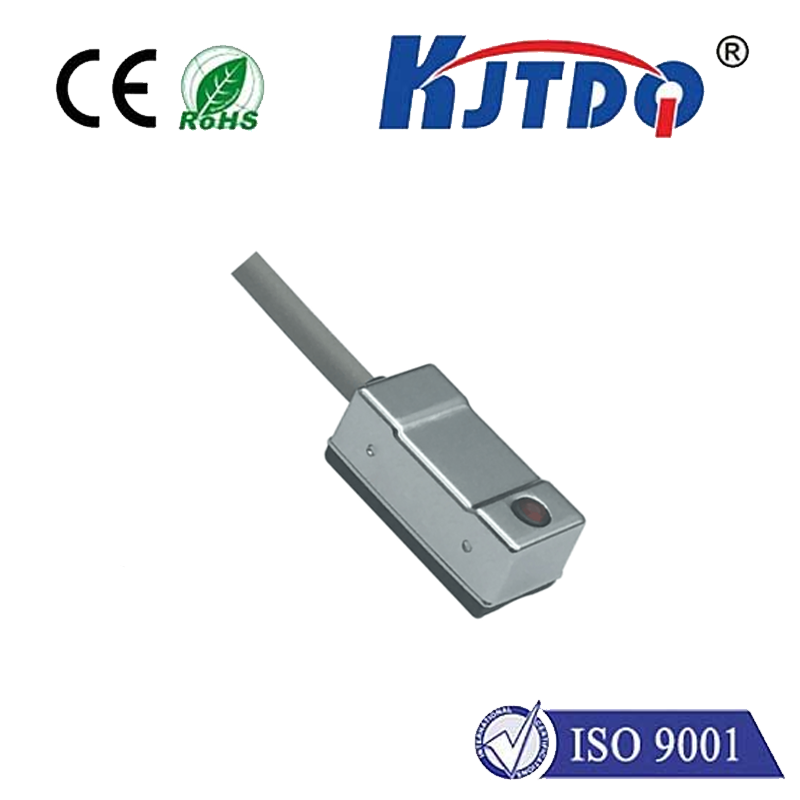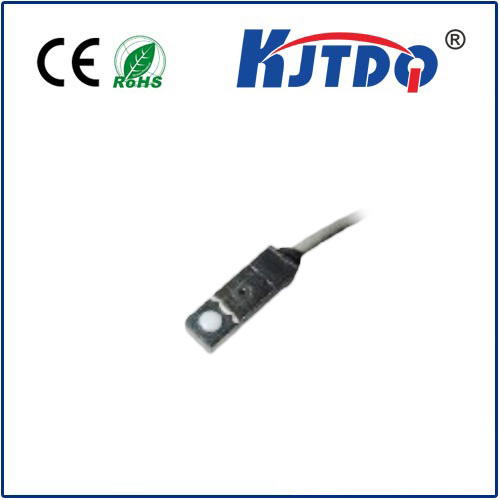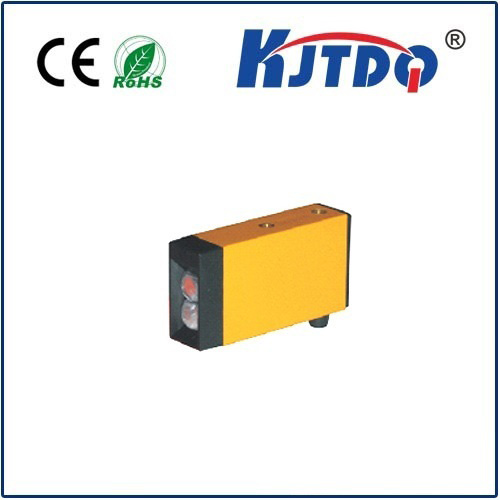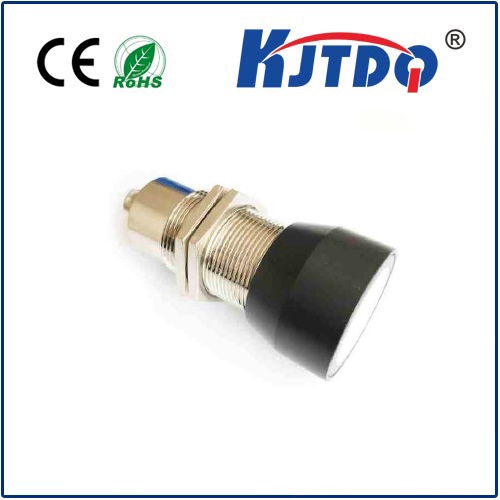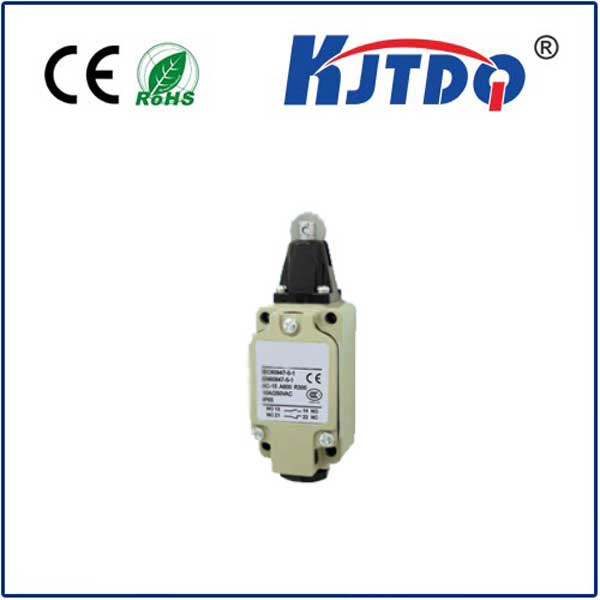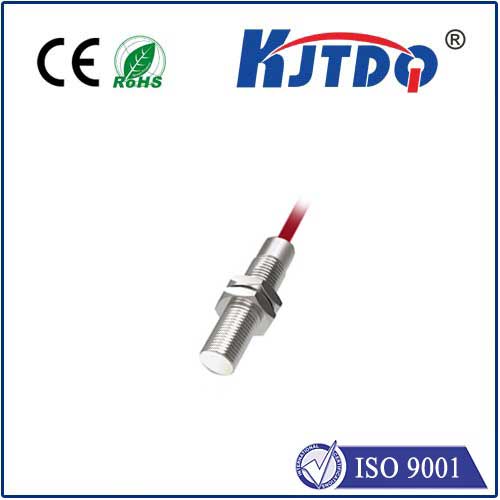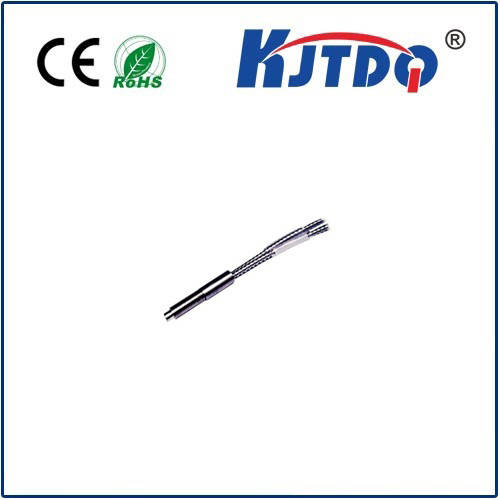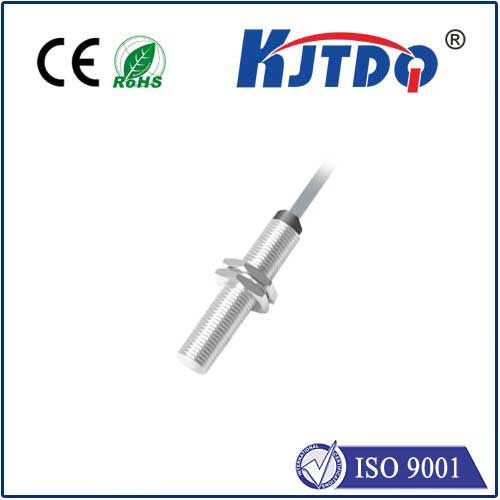

check

check

check

check

check

check

check

check

check

check
With the continuous development of automation technology, limit proximity sensors have become one of the most commonly used components in automation control systems. Different types of limit proximity sensors have different applications in different situations. Let's take a look at what types of limit proximity sensors there are.
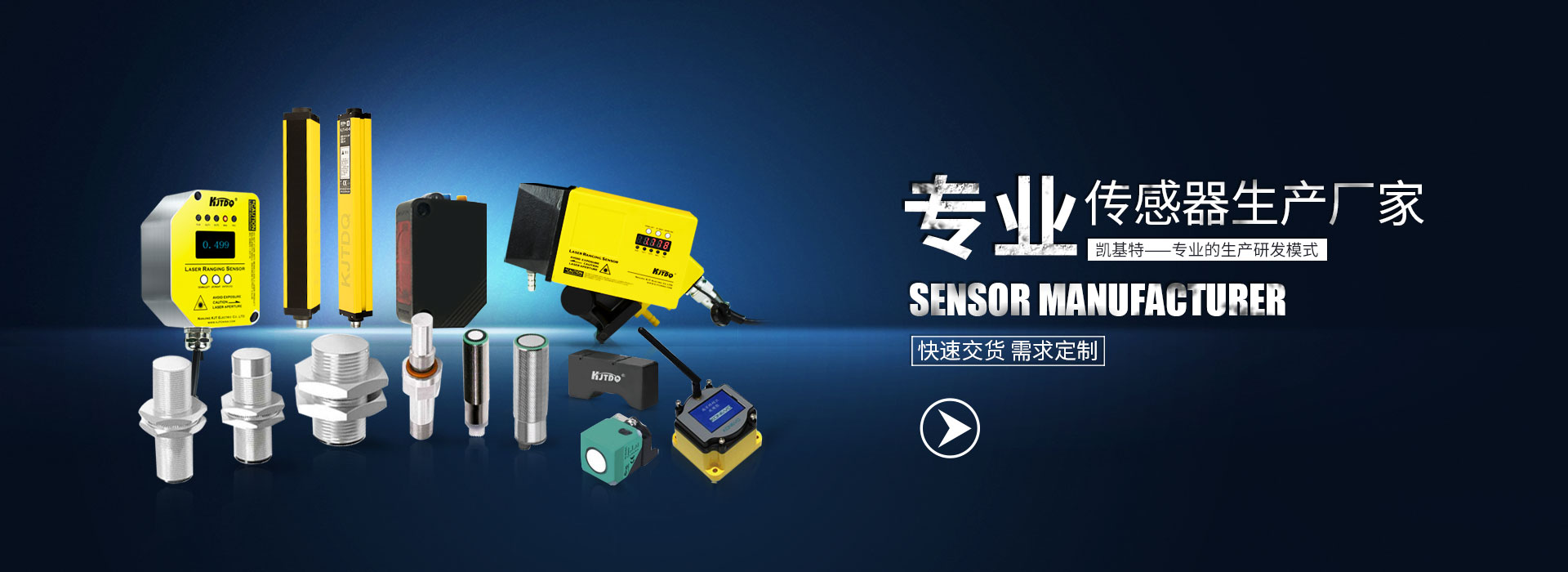
1. Mechanical limit proximity sensor: The mechanical limit proximity sensor is a limit sensor directly applied to the object. It mainly detects the signal when the object reaches a specific position through mechanical contact. Mechanical limit proximity sensors are suitable for situations where the operating speed is not high, and have the advantages of fast response speed and long service life.
2. Photoelectric limit proximity sensor: Photoelectric limit proximity sensor detects the position of an object through the photoelectric principle. According to the different light propagation methods, it can be divided into three types: reflection type, scattering type and transmission type. Photoelectric limit proximity sensors have the advantages of fast response speed and long detection distance, and are widely used in various automated control systems.
3. Inductive limit proximity sensor: The inductive limit proximity sensor is a sensor that converts the position of an object into changes in the magnetic field. When an object approaches, the inductive limit proximity sensor will change the magnetic field, thereby generating an electrical signal. Inductive limit proximity sensors have the advantages of fast response and non-contact detection, and are widely used in industrial production lines.
4. Low-voltage suspended limit proximity sensor: The low-voltage suspended limit proximity sensor is a sensor that detects the position of objects through air flow. Its working principle is similar to an anemometer. Low-voltage suspended limit proximity sensor is suitable for occasions with high detection distance accuracy requirements and harsh working conditions.
In short, with the continuous development of automation technology and the continuous expansion of application fields, limit proximity sensors are also constantly innovating and developing. Different types of limit proximity sensors can be used in different situations, with their own advantages and scope of application. By using different types of limit proximity sensors, the efficiency and production quality of the automated control system can be improved, production costs can be reduced, and the industrialization process can be accelerated.
